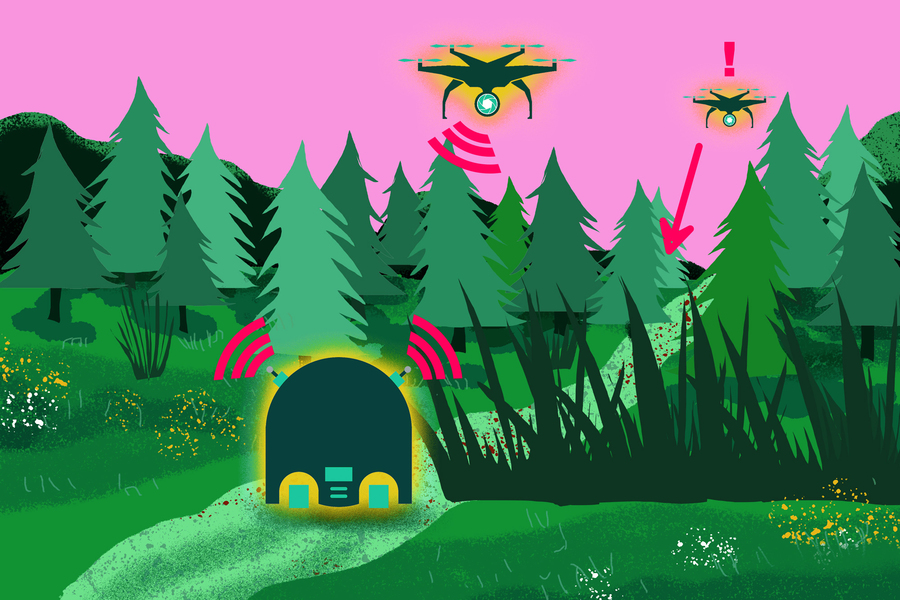
Roboticists in Engineering’s GRASP Lab have developed a wide variety of flying, rolling, walking and crawling machines and a constantly improving their ability to autonomously sense and manipulate things in their environments. But the promise of this kind of automation is fully unlocked when these robots can communicate and collaborate with each other.
Fortunately, collaboration comes naturally to members of the GRASP Lab. George Pappas, UPS Foundation Professor of Transportation and Chair of the Department of Electrical and Systems Engineering , along with Brent Schlotfeldt, a member of his research group at the GRASP Lab, are collaborating with colleagues at the Massachusetts Institute of Technology and the University of California at San Diego on a way for robots to more intelligently split up information-gathering tasks.
Lead author Xiaoyi Cai, a PhD student in MIT’s Department of Aeronautics and Astronautics, described the principle behind their algorithm at MIT News.
Robot teams have often relied on one overarching rule for gathering information: The more the merrier. “The assumption has been that it never hurts to collect more information,” says Cai. “If there’s a certain battery life, let’s just use it all to gain as much as possible.” This objective is often executed sequentially — each robot evaluates the situation and plans its trajectory, one after another. It’s a straightforward procedure, and it generally works well when information is the sole objective. But problems arise when energy efficiency becomes a factor.
Cai says the benefits of gathering additional information often diminish over time. For example, if you already have 99 pictures of a forest, it might not be worth sending a robot on a miles-long quest to snap the 100th. “We want to be cognizant of the tradeoff between information and energy,” says Cai. “It’s not always good to have more robots moving around. It can actually be worse when you factor in the energy cost.”
The team will be virtually presenting their new research at IEEE International Conference on Robotics and Automation this week.
